Nkasa Rupara National Park in Namibia
Formerly known as Mamili National Park, Nkasa Rupara national park is a national park in Namibia that is centered on the Nkasa and Rupara Islands on the Kwando River in the south western corner of East Caprivi. The park is the largest Namibia’s protected wetland area and it is one of the protected areas of Namibia that benefits the local communities around the park. The unfenced Nkasa Rupara National Park forms a trans-boundary link for the wildlife migration between Angola, Botswana, Namibia and Zambia.
Rupara national park
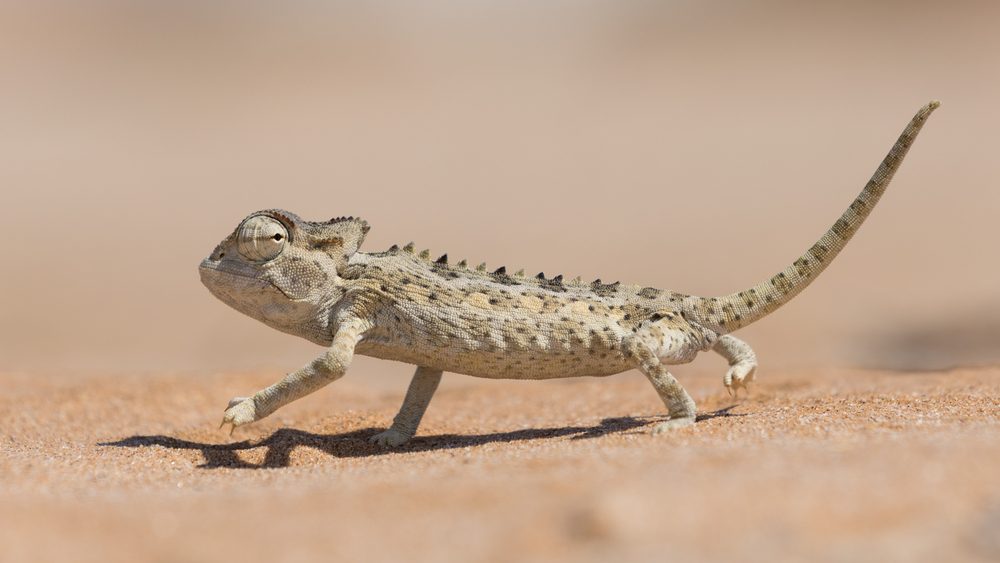
Nkasa Rupara is part of the Kavango Zambezi Trans frontier Conservation Area. When it was still called Mamili National Park, it was officially proclaimed on 1 March 1990 along with the nearby Mudumu National Park. In 2012, the area was renamed as Nkasa Rupara National Park by the Namibian Government.
Kavango Zambezi Trans frontier Conservation Area
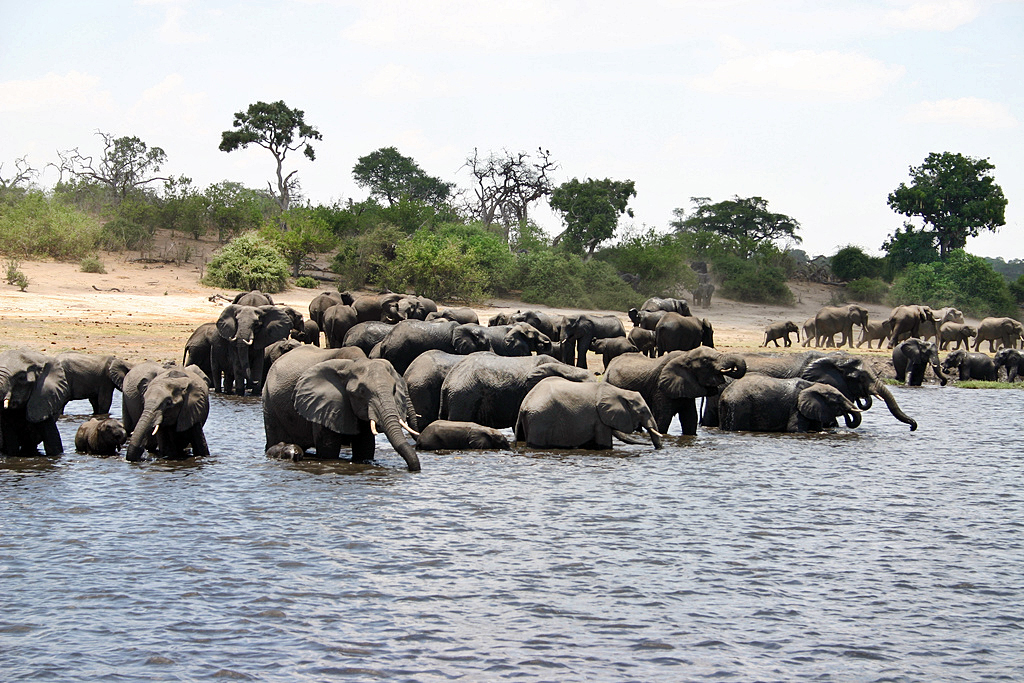
Nkasa Rupara National Park contains Namibia’s most extensive wetlands and the seasonally inundated areas. The ecosystem types of the park are similar to those of the Okavango Delta wetlands and the habitats. The park is located in the broadleaved tree and wood savanna biome with the vegetation type of Caprivi floodplains.
Caprivi floodplains

Rare Sitatunga Animal in the park
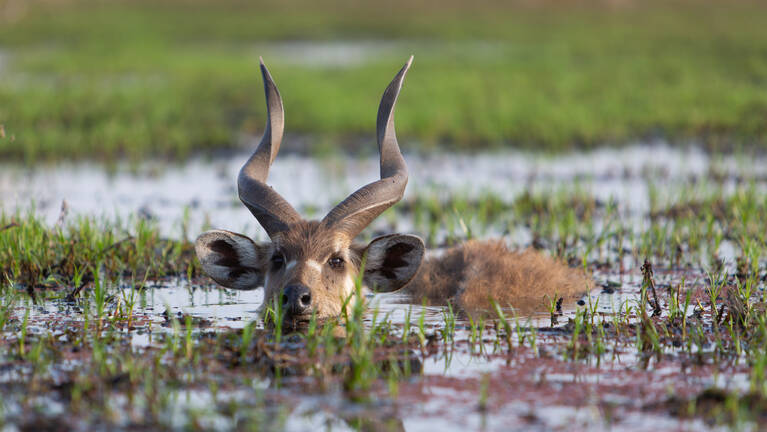
When it comes to wildlife, Nkasa Rupara National Park is a home for almost all the large mammal species moving between Namibia and Botswana. Among the animals in the park include over 1000 buffalos, around 560 hippos, 500 crocodiles that can be seen in and along the park’s rivers and channels. Nkasa Rupara National Park hosts different species like the rare antelope species including the sitatunga, the red lechwe, reedbucks, pukus, and the oribis. Among the mammal species in the park include the lions, elephants, cheetahs, spotted hyenas, roan antelopes, kudus, impala, warthogs, water monitor lizards, baboons, African wild dogs, rock monitor lizards and others.
black cheeked lovebird
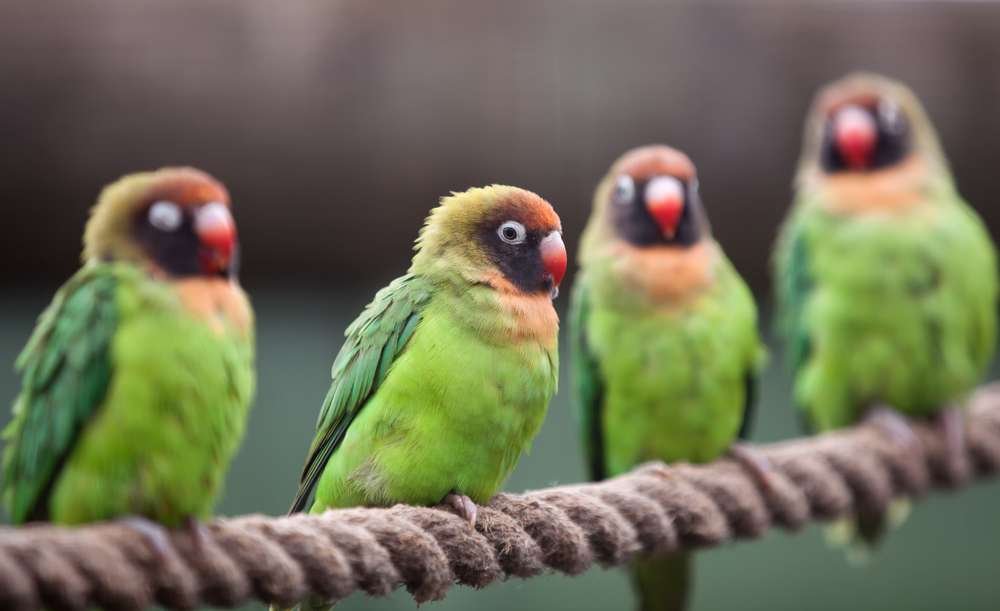
Still on the wildlife of the park, there are about 450 bird species that have been counted including the several rare, endangered species and the vulnerable species. Among all these species include the black cheeked lovebird, the yellow billed oxpeckers, wattled crane, pel’s fishing owl, Stanley’s bustard, rosy throated long claw, red winged pratincole, long toed lapwing, lesser jacana, coppery tailed coucal, yellow billed oxpeckers, black cheeked lovebird and others.
Safari activities in Nkasa Rupara National Park
Having a safari to Nkasa Rupara National Park in Namibia, there are a variety of safari experiences or activities which one will do for an amazing safari. Among these activities include;
Game drives
Enjoy the guided game drive through the trails of the park. During this experience, expect to sight different species including birds, animals and tree species. Among the animal sightings during the drive include the buffalos, hippos, lions, impalas, zebras, wildebeest, leopards and others.

Boat cruise
Have a relaxation and stress free life for 2 and half hours while on a boat cruise on the waters of Harubandi channel which is part of the Kwando Linyanti system. While the boat, sight the unique land scape of the park and also different animal and bird species.
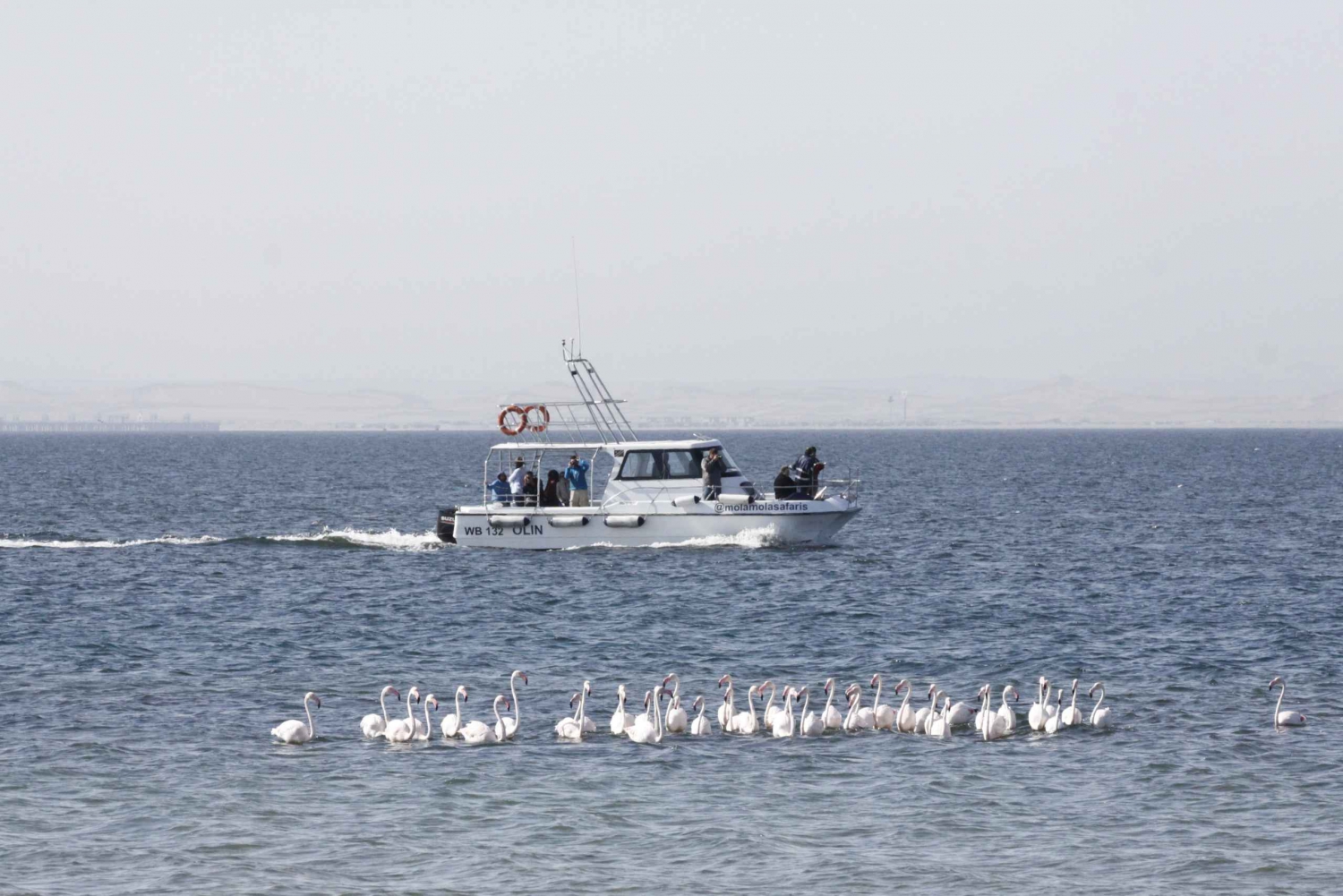
Bird watching
With over 450 bird species, Nkasa Rupara National park is surely one of the best destinations for the birders in Namibia. The park hosts different species of birds like the endangered species, several species, and the vulnerable species. Among the birds in the park include the yellow billed oxpeckers, wattled crane, coppery tailed coucal, black cheeked lovebirds, long toed lapwing and others.
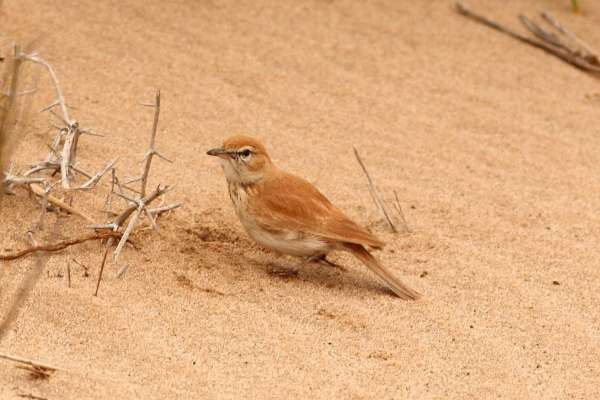
Walking safaris
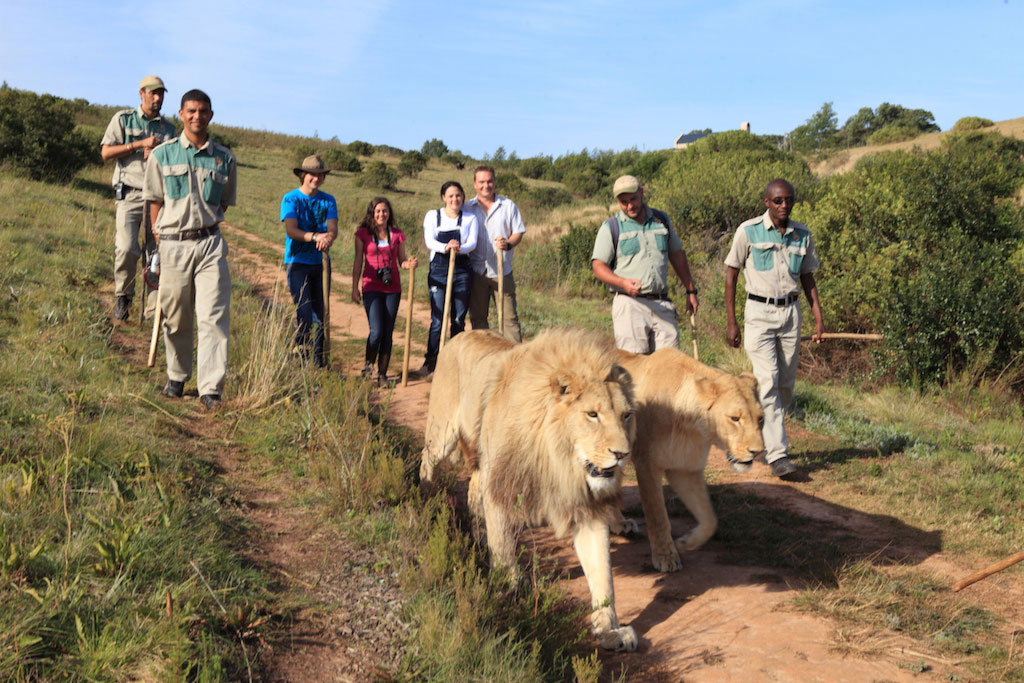
Taste your degree of physical fitness by taking part in the walking safaris through the trails of the national park. These walks are led by the park guides and the armed community rangers and during these walks, expect to sight different features and species in the park like birds, hills, wetlands, animals and others.
Village visits
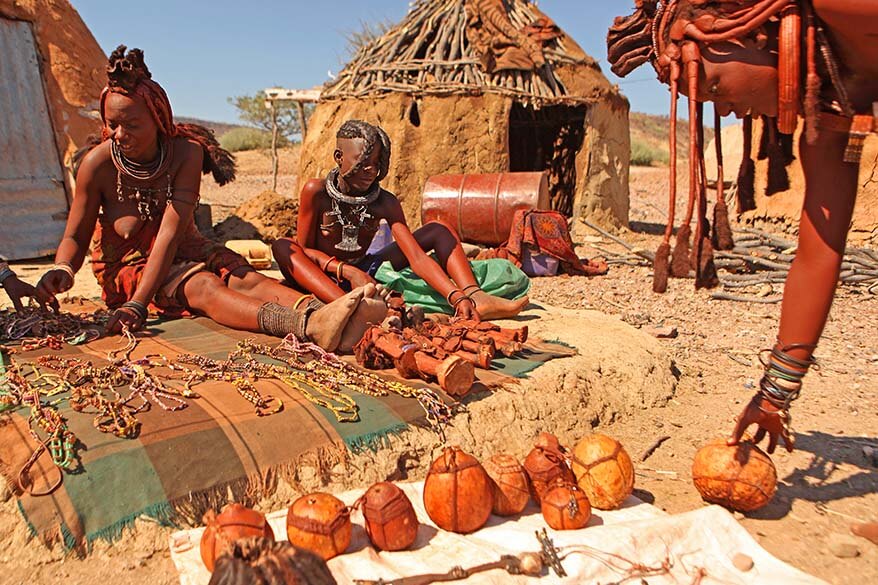
Experience the lives of the local people by involving yourself in the village or community visits. These walks involves visiting the local people and enjoy and as we learn more about their life styles. Among the things to learn include the dances, songs, poems, arts and crafts, and others.
Night game drives

Search for the elusive animals that can only be seen at night. The activity of the night game drive in the national park is mostly done in the dry winter months. Among the animals to be seen during the drive include the leopards and others.

